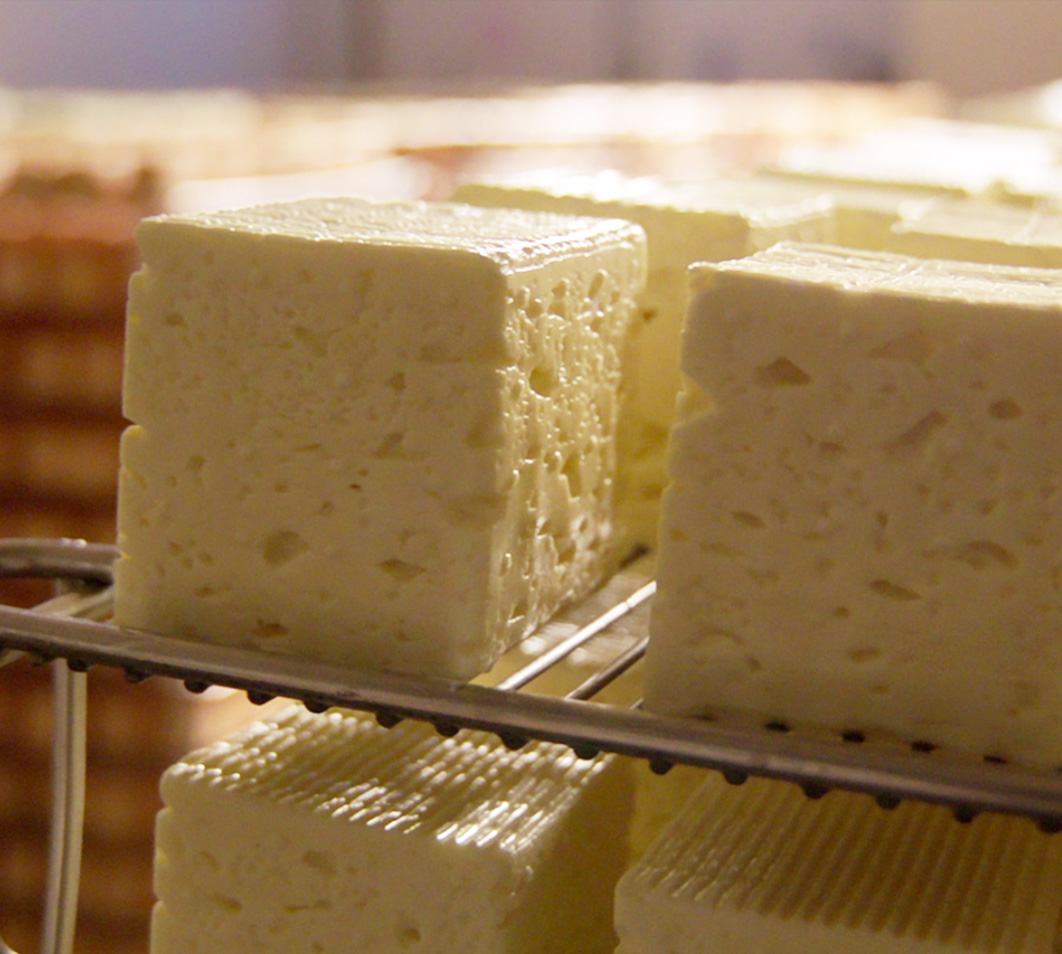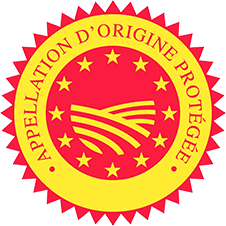Production

The production processes used to make Herve cheese remain as they have been for centuries and have been registered in the specifications of the Protected Designation of Origin (PDO) awarded to Herve cheese.
Here, briefly, are the main stages of production:
Stage 1
Producing a Herve cheese begins immediately after the cows have been milked. The milk is collected from the best dairy farms in the Pays de Herve.

Stage 2
The milk is heated (to the temperature of the cow’s udder) and rennet is added to it (this causes the milk to coagulate).

Stage 3
The curds (solids) thus formed are cut up into small pieces and then stirred. Part of the whey is removed..

Stage 4
The curds are poured into moulds which will give the Herve cheese its precise cube shape. In the past, the curds were poured into wooden channels (filières en bois).

Stage 5
The cheeses are drained overnight. This allows the residual whey to drain off and for the curds to be compressed. As with all soft cheeses, when producing Herve, time is needed for the curds to shrink in the moulds, there is no mechanical pressing.

Stage 6
The cheeses are removed from their moulds and then steeped in a brine bath or salted.

Stage 7
The Herve cheeses are ripened in cellars with constant humidity and temperature. During this stage, the cheeses are washed and turned twice a week for 4 weeks (mild Herve), 6 weeks (strong Herve) or 2 months (Remoudou). The red-coloured brevibacterium linens, is particular to Herve cheese, giving it its characteristic taste and odour.

Stage 8
Finally, the cheeses are ready to be packaged.



